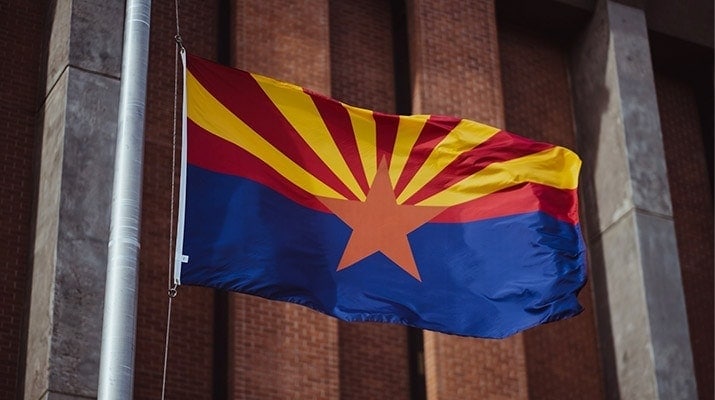After nearly $1.5 billion in sales in 2022, Arizona’s cannabis market continues to be robust in the first months of 2023, driven by a growing recreational market.
Marijuana sales in Arizona continue to be a tale of two markets, with recreational adult-use sales surging and the medical marijuana market remaining in a freefall.
Recreational sales have more than doubled medical sales totals for the eighth month in a row, with revenues hovering around the $80 million range for more than a year, while the medical market has hit record lows two months in a row, coming in at less than $30 million both months.
The most recent Arizona Department of Revenue report revised last December’s recreational sales totals up from $85.6 million to $93.2 million, a new record that bested the $86.3 million reported in November 2022.
Recreational sales totaled $84.1 million in January and nearly $81 million in February.
Meanwhile, medical sales dropped from $34 million in December to $28.3 million in January 2023 and then $28.2 million in February.
Adult-use sales began in January 2021, ushering in an exodus from Arizona’s medical marijuana program, which voters created in 2010. The last time recreational and medical sales were anywhere near each other was October 2021, when adult-use sales were $65.8 million and medical sales were $64.4 million.
Since then, the market has been turned on its head and recreational has consistently outsold medical by $50 million or more each month.
Medical sales have declined nearly every month since April 2021, and the last time medical users spent more than $50 million in a month was April 2022.
In 2021, medical marijuana sales accounted for nearly 55% — about $760 million — of the total. In 2022, the recreational market represented nearly 70% of sales, or more than $950 million, as the medical market crashed to slightly more than $500 million.
Overall, total cannabis sales since the advent of legal adult-use in January 2021 has topped $3 billion.
Tax revenues from cannabis sales in January hit an all-time high of more than $25 million. For the first quarter of 2023, marijuana tax collections totaled about $71.8 million, a 10% increase over the $65.1 million collected during the first three months of 2022.
The state collects 16% excise tax on recreational sales in addition to the standard sales tax; medical patients pay roughly 6% in state sales tax. Local jurisdictions charge an additional 2% or so for all marijuana sales.
One-third of recreational taxes collected are dedicated to community college and provisional community college districts; 31% to public safety — police, fire departments, fire districts, first responders — 25% to the Arizona Highway User Revenue Fund, and 10% to the justice reinvestment fund, dedicated to providing public health services, counseling, job training and other social services for communities that have been adversely affected and disproportionately impacted by marijuana arrests and criminalization.
The Arizona Department of Health Services, which oversees cannabis regulation in the state, releases monthly reports on the medical program that are generally a month ahead of ADOR reports.
The ADHS reports that, in March, there were 127,892 qualifying patients cardholders, down from January’s total of 128,621.
In January 2021, ADHS reported a total of 299,054 qualifying patients, a number that has been dwindling month-by-month.
So far in the first three months of 2023, Arizona cannabis consumers have purchased 16,532 pounds of medical marijuana in various forms. In January 2021 alone, that number was 18,708 pounds.



